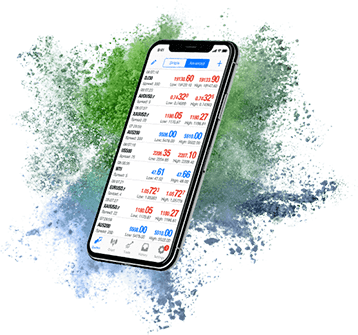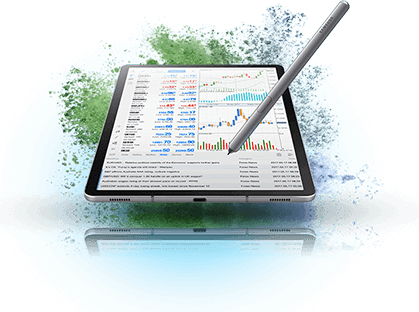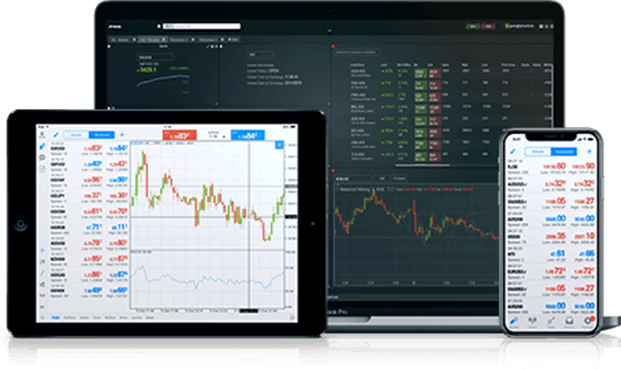In finance or business, the term “leverage” refers to the strategy of using borrowed funds to acquire assets rather than your own equity or capital. The funds are borrowed with the expectation that the asset purchased will generate higher profits for the borrower.
In trading, “leverage” is a facility offered by brokers, which allows traders to acquire more financial instruments than the amount of capital they have in their trading account. In other words, this facility allows traders to use funds borrowed from the broker to increase their market exposure or trading position, with the expectation of increasing the returns on investment.
When using leverage, the trader needs to invest only a fraction of the total position. The remaining sum is borrowed from the broker to take a preferred position in a trade. There is no interest charged on the additional funds offered by the broker. Essentially, there is no cost of capital. It is however important for traders to be aware of how leverage trading works in order to use it effectively and manage the associated risks.











 Access 10,000+ financial instruments
Access 10,000+ financial instruments